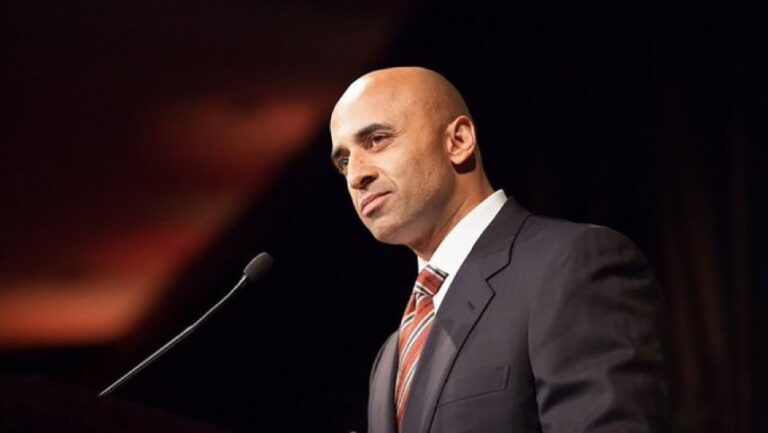 New York Times Co.’s first-quarter earnings fell 58% as a decline in print advertising offset gains from digital ads.
New York Times Co.’s first-quarter earnings fell 58% as a decline in print advertising offset gains from digital ads.
More than 100,000 people have paid for online access to the New York Times since the paper began charging for it three weeks ago, the newspaper’s publisher said Thursday.
Times Co. shifted to a pay model for its website and other digital material in an effort to become less dependent on revenue from the printed paper, which has been losing readers and advertisers. The advertising generated from the Times’s growing audience online and on mobile devices hasn’t been sufficient to offset those losses because digital ads are much cheaper than print ads.
Times Co. introduced a system it hoped would allow the paper to create a subscription revenue stream while preserving most of its Internet traffic. The site is free for people who read fewer than 20 articles in a month, a group that comprises about 85% of the Times’s more than 30 million unique visitors per month.
Once they reach that article threshold, readers who want additional access are prompted to sign up for one of several subscription plans ranging from $15 a month for the Times online and on smart phones to $35 a month for the paper in those places and on the iPad.
Print subscribers receive full online and mobile privileges.
In getting over 100,000 signups so far, the Times is ahead of pace to reach its goal of 300,000 digital subscribers in the first year, according to a person familiar with the matter.
The initial group of 100,000 subscribers does not include people who were offered a free subscription for 2011 through an advertising partnership with Ford Motor Co.’s Lincoln brand. Lincoln targeted 200,000 heavy readers of the paper’s website with the offer and the car maker said it expected to sign up about half of them. The initial group of subscribers also does not include existing print subscribers who merely activated the digital access that comes free with their subscriptions. The number does, however, include other introductory offers.
“So soon after the launch, the Company does not yet have visibility into conversion and retention rates for these paying customers after the initial promotional period, although early indicators are encouraging,” Times Co. Chief Executive Janet Robinson said in a statement.
New York Times, which also owns the Boston Globe, has signaled that its cost-cutting efforts, which have allowed it to remain profitable despite its top-line declines, may be winding down.
Total operating costs rose slightly to $535.4 million from $535.2 million, but newsprint expense increased 12%. The publisher said last month it expected first-quarter operating expenses to increase 1% to 2%, mainly because of higher newsprint prices, pension expenses and promotion costs.
On Monday, rival Gannett Co. reported first-quarter earnings fell 23% as declining advertising revenue from its newspaper portfolio continued to weigh on the media company’s financial performance.
New York Times reported a profit of $5.42 million, or four cents a share, down from $12.8 million, or eight cents a share, a year earlier. Excluding severance and other special items, earnings fell to two cents a share from 11 cents. The most-recent quarter included a gain from selling a portion of its stake in Indeed.com, while the year-earlier quarter included an asset-sale gain and a tax charge.
Revenue fell 3.6% to $566.5 million. Analysts polled by Thomson Reuters had most recently forecast earnings of 2 cents on revenue of $569 million.
Operating margin dropped to 5.5% from 9%.
Total ad revenue fell 4.4%, reflecting a 7.5% drop in print-ad revenue which offset a 4.5% rise in digital-ad revenue. Circulation revenue fell 3.7%.
(Source: WSJ)











3 Responses
May we soon say good riddance to this rag.
My the NYT revenues continue to fall until they are bankrupt. They lie, the cheat and are fully anti Israel. In the Holocaust while 100s of thousand were being killed and they knew it; they put a little article buried somewhere in the people. This leftist rag should fold
The Wall Street Journal is prospering even though most of their content is free. Perhaps the problem is the New York Times forgot to limit editorials to the editorial page, and stick to “all the news that’s fit to print” (rather than “all the news that is politically correct to upper class white Manhattanites”).